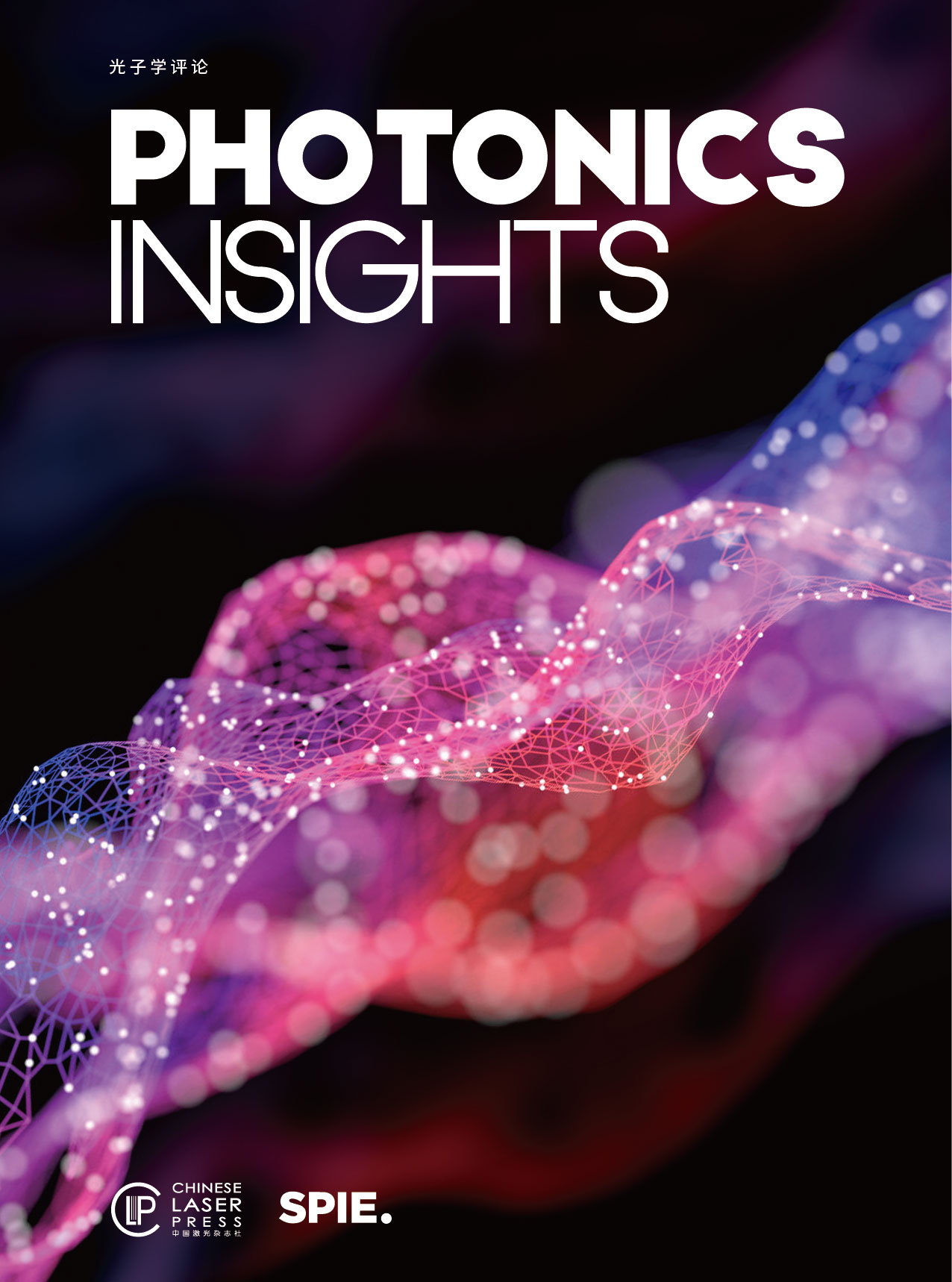 View fulltext
View fulltext
Structural coloration generates colors by the interaction between incident light and micro- or nano-scale structures. It has received tremendous interest for decades, due to advantages including robustness against bleaching and environmentally friendly properties (compared with conventional pigments and dyes). As a versatile coloration strategy, the tuning of structural colors based on micro- and nanoscale photonic structures has been extensively explored and can enable a broad range of applications including displays, anti-counterfeiting, and coating. However, scholarly research on structural colors has had limited impact on commercial products because of their disadvantages in cost, scalability, and fabrication. In this review, we analyze the key challenges and opportunities in the development of structural colors. We first summarize the fundamental mechanisms and design strategies for structural colors while reviewing the recent progress in realizing dynamic structural coloration. The promising potential applications including optical information processing and displays are also discussed while elucidating the most prominent challenges that prevent them from translating into technologies on the market. Finally, we address the new opportunities that are underexplored by the structural coloration community but can be achieved through multidisciplinary research within the emerging research areas.









